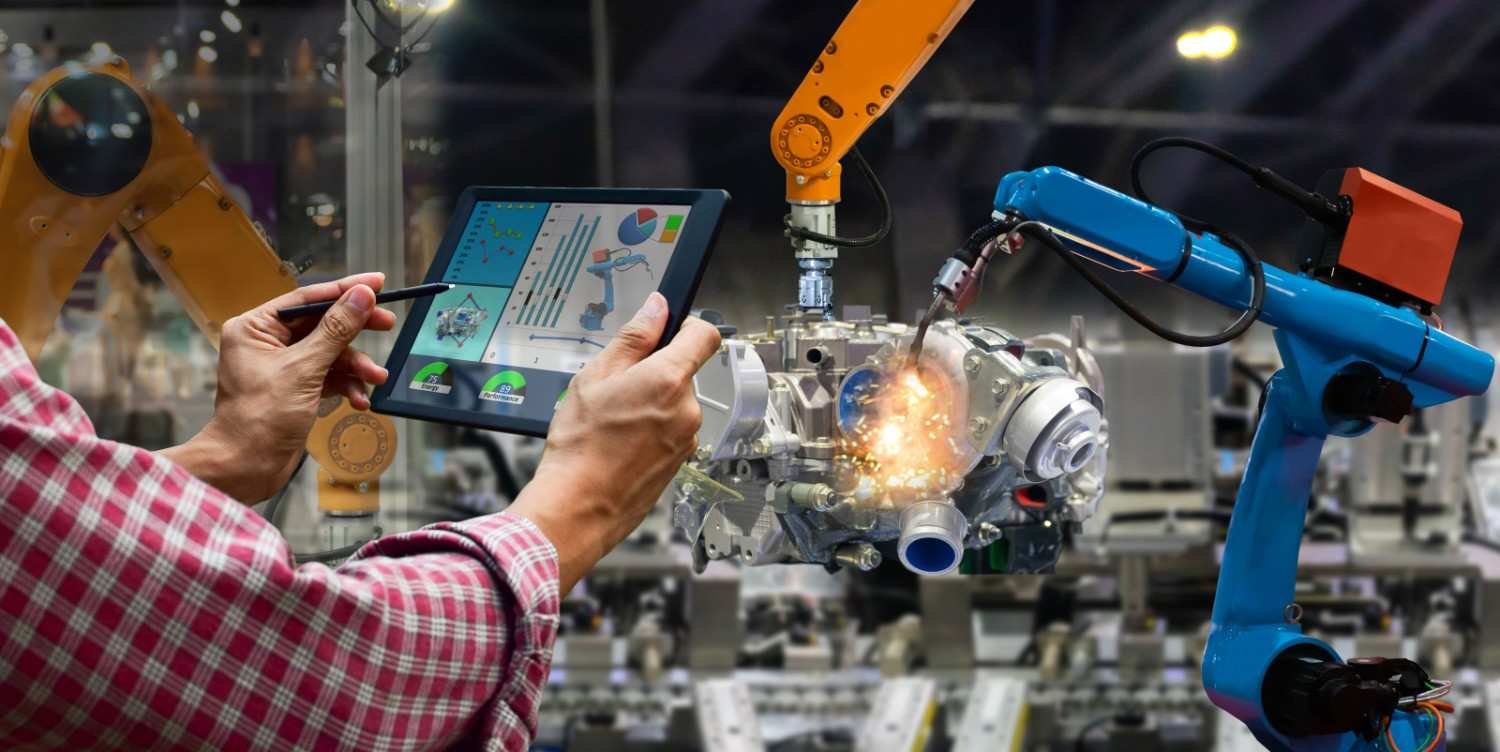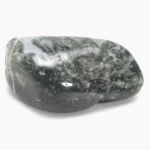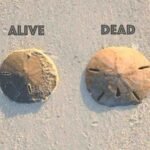In trendy rapidly evolving technological panorama, understanding particular codes and identifiers, such as TGD170.FDM.97 is crucial for specialists across various industries. This article will delve into what TGD170.FDM.97 is, its significance, programs, and regularly requested questions surrounding this code.
What is TGD170.FDM.97?
TGD170.FDM.97 is a code that commonly refers to a specific product, model, or general inside a certain industry. While the exact interpretation can range, it’s far more often associated with technology, engineering, or manufacturing sectors. Understanding the components of this code can provide insights into its packages and relevance.
Breakdown of the Code
- TGD: This prefix often signifies a selected class or producer. In many cases, it can talk to a line of products or generation advanced via a specific organization.
- 170: The numerical aspect generally indicates a wide variety or collection within the TGD line. It enables distinguishing between distinctive versions or versions of a product.
- FDM: This abbreviation commonly stands for “Fused Deposition Modeling,” a popular 3-d printing era. It shows that the product associated with this code can also utilize or be relevant to FDM techniques.
- 97: The final component often indicates a model or generation of the version. This may be critical for knowledge updates, enhancements, or changes made to the authentic product.
Applications of TGD170.FDM.97
3-d Printing
Given the FDM reference, TGD170.FDM.97 is likely worried in 3-D printing approaches. Fused Deposition Modeling is a widely used technique in additive manufacturing, wherein substances are deposite layer via layer to create a three-dimensional item. This era has several programs, consisting of:
- Prototyping: Designers and engineers use FDM for fast prototyping, making an allowance for brief generation and checking out of designs.
- Manufacturing: Small-scale manufacturing can gain from FDM technology, generating elements and components without the want for complicated machinery.
- Education: Educational institutions incorporate FDM 3-d printing into their curricula, teaching students approximately layout, engineering, and technology.
Industrial Applications
TGD170.FDM.97 might also find relevance in various commercial programs, together with:
- Aerospace: The aerospace enterprise regularly makes use of three-D printing for developing light-weight additives that meet stringent guidelines.
- Automotive: Automotive producers can use FDM for generating custom parts, equipment, and prototypes, streamlining their development strategies.
- Healthcare: In healthcare, 3-D printing may be used to create custom prosthetics and surgical gadgets tailored to individual patients.
Advantages of Using TGD170.FDM.97
Cost-Effectiveness
One of the primary benefits of the usage of products related to TGD170.FDM.07 is the capacity for cost savings. FDM generation allows for the creation of elements without the need for luxurious molds or tooling, making it a cost-effective preference for each small and large-scale production.
Design Flexibility
FDM three-D printing permits designers to create complex geometries that might be hard or impossible to reap with conventional production techniques. This flexibility allows for revolutionary designs and answers tailored to particular wishes.
Speed of Production
With TGD170.FDM.97, customers can experience faster manufacturing instances. The capability to quickly create prototypes and iterate designs accelerates the general improvement technique, allowing organizations to carry merchandise to the marketplace extra efficiently.
Limitations of TGD170.FDM.97
Material Constraints
While FDM generation is flexible, it’s far confined by the varieties of substances to be had for printing. Some packages may additionally require substances that aren’t well suited with FDM, necessitating alternative manufacturing strategies.
Surface Finish
FDM-published parts often require submit-processing to acquire a clean surface finish. Depending on the utility, this additional step can upload time and price to the production system.
FAQs About TGD170.FDM.97
What is the primary use of TGD170.FDM.97?
TGD170.FDM.97 is often associated with 3-d printing, especially the usage of Fused Deposition Modeling technology. It may be used for various applications, which include prototyping, production, and education.
Is TGD170.FDM.97 suitable for industrial programs?
Yes, TGD170.FDM.97 may be utilized in commercial programs, consisting of aerospace, car, and healthcare. Its capacity to produce custom components and prototypes makes it a valuable tool in these sectors.
What materials may be used with TGD170.FDM.97?
The unique materials compatible with TGD170.FDM.97 depend upon the competencies of the printer and the necessities of the task. Common materials used in FDM printing encompass PLA, ABS, PETG, and TPU.
How does TGD170.FDM.97 evaluate to different three-D printing technology?
FDM is one of numerous 3D printing technologies. Compared to methods like SLA (Stereolithography) or SLS (Selective Laser Sintering), FDM is frequently greater cost-effective and less difficult to use, making it suitable for an extensive variety of applications.
What industries have the maximum advantage from TGD170.FDM.97?
Industries together with aerospace, automotive, healthcare, and schooling significantly benefit from TGD170.FDM.97 due to its versatility in producing custom components and prototypes.
Conclusion
TGD170.FDM.97 represents a vast advancement in 3D printing technology, mainly in the realm of Fused Deposition Modeling. Its programs span various industries, offering several advantages including cost-effectiveness, layout flexibility, and speed of production. However, it is vital to not forget its boundaries, including cloth constraints and the want for publish-processing. As technology keeps adapting, products like TGD170.FDM.97 will likely play an essential position in shaping the destiny of manufacturing and design, making it a code really worth expertise for experts across numerous fields.












